End Behaviors
End Behaviors
Functions
graph/tables
Algebraically
It is the end behaviors of the equation
f(x) = x^6
What is they both go to
+oo
If
f(x) = sqrt(x)
and
g(x) = x^2
It is what f(g(x)) =
What is x?
If n(t) = 15 it is what t=
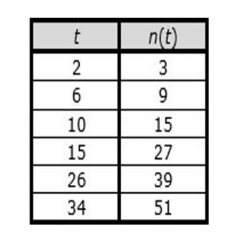
What is t = 10
It is the RANGE of THIS function's INVERSE.
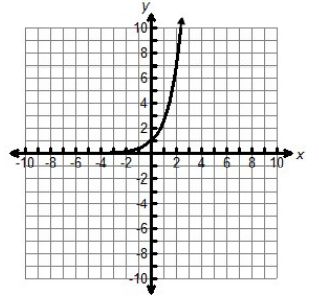
What is:
R: -oo<y<oo
It is the inverse of this function:
f(x) = 4x + 7
What is:
f^-1(x) = (x-7)/4=1/4x - 7/4
It is the end behaviors of the equation
f(x) = x^13
What is as
x rarr-oo,y rarr-oo
x rarr+oo,y rarr+oo
it is what g(f(10)) =

What is
g(f(10)) = g(0) = 6
It's what these two graphs are
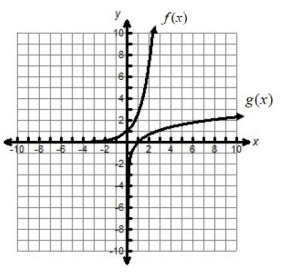
What are INVERSES.
It is what inverses are graphically.
What is reflections over
the line y = x.
It is the inverse function for this equation:
f(x) = (x-4)^3 - 7
What is:
f^-1(x) = root(3)(x + 7) +4
It is the end behaviors of the equation
f(x) = -2x^18
What is they both go to
-oo
It is the value of C(n(10)).
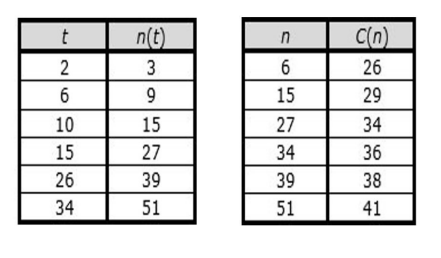
What is C(n(10)) = 29.
If C(n) = 34, it is what n =
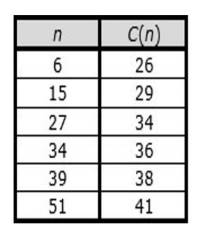
What is n = 27
It is the DOMAIN of this function's INVERSE:

What is:
D: 0<x<oo
It is the inverse of this function:
g(x) = 4x - 3
What is:
g^-1(x) = (x + 3)/4 =1/4x + 3/4
It is the end behaviors of the equation
f(x) = -8x^27
What is as
x rarr-oo,y rarr+oo
x rarr+oo,y rarr-oo
For the functions
O(x) = 3x + 2
K(x) = 1 + O(x)
it is the value of
K(2)
What is:
K(2) = 1 + (3(2) + 2) = 9
It is what the inverse of this graph would look like
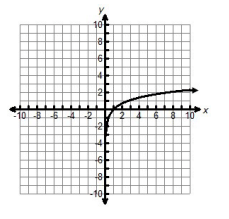
What is
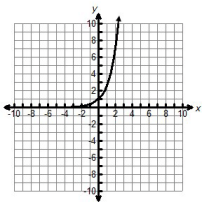
If we want to find the inverse of this function we need to restrict the domain. It's what these values will be.
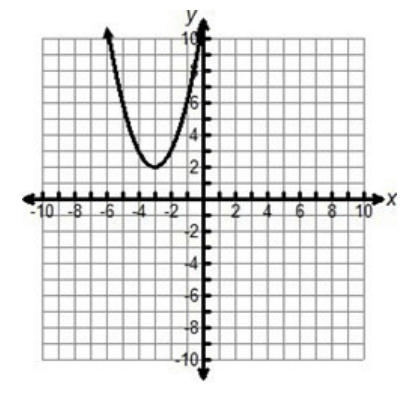
What is
x>=-3
It is the inverse of this function:
k(x) = 2x - 6
What is:
k^-1(x) = (x + 6)/2=1/2x+3
It is what the graph of this equation
f(x) = x^4
would look like
What is

If
h(x) = f(g(x))=sqrt(2x-3)
and
g(x) = 2x-3
It is what f(x) =
What is
f(x) = sqrt(x)
If C(n) = 34 it is what t =.
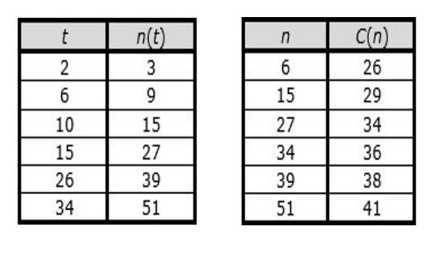
What is t = 15
If two functions f(x) and g(x) are inverses, it is what f(g(x)) AND g(f(x)) are equal to.
What is x?
It is the function whose inverse is:
h^-1(x) = x + 8
What is:
h(x) = x - 8